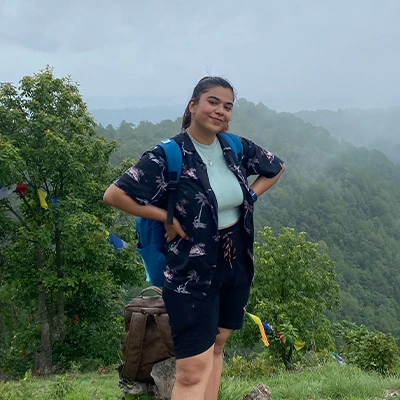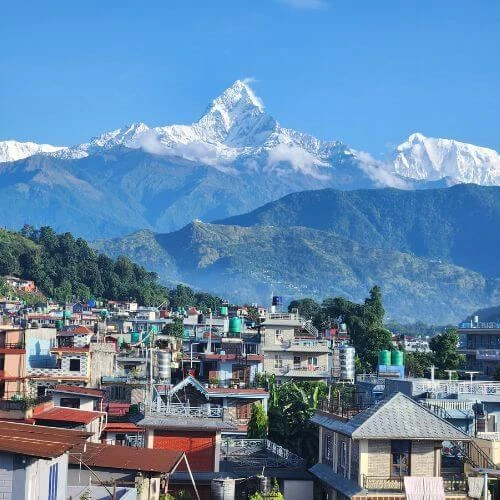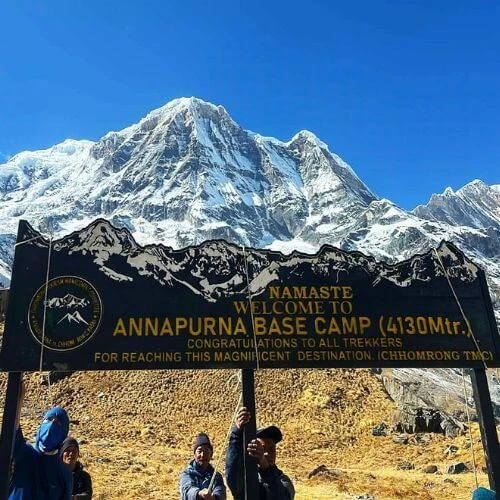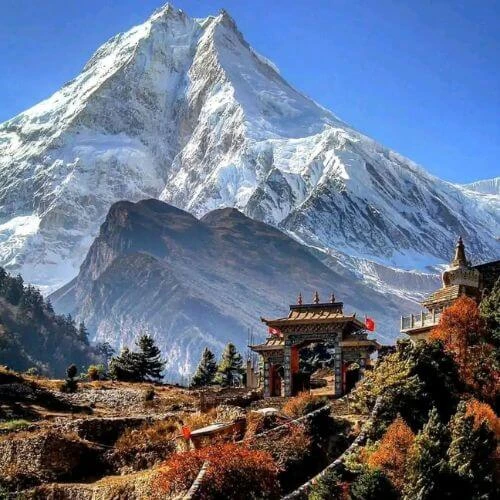Trekking in the Langtang Valley is an adventure you’ll remember, but getting ready properly makes it way better. These Langtang Valley Trek Tips will help you plan well, stay safe, and have fun the whole way. From learning about the trail and weather to packing the right stuff and being respectful to locals, knowing what’s coming makes the trek easier and more enjoyable.
Whether you’re trekking alone, with friends, or with a guide, these tips have everything you need to know before you start. If you follow this guide, you’ll be ready for any problems, enjoy the amazing Himalayan views, and get the most out of your time in Langtang Valley.
1: Choose the Right Season
Picking the right time to trek is really important. That is why Abound Holidays is here for you with our Langtang Valley Trek Tips. As for seasons, Spring (March to May) and Autumn (September to November) are usually the best time for Langtang Valley Trek. In these months, the weather is clear, the temperature is nice, and the trails are easier to walk on.
Avoid the monsoon (June to August), which can make trails slippery and dangerous, and winter (December to February) if you’re not prepared for snow and freezing temperatures. Proper timing ensures you enjoy the views, wildlife, and local culture without worrying about extreme conditions.
Check our detailed Langtang Valley Trek itinerary to pick the perfect season for your trip.
2: Get Physically Prepared
Even though the Langtang Valley Trek is moderate in difficulty, being physically ready makes the journey much more enjoyable. Focus on cardiovascular exercises like jogging, cycling, or swimming to build stamina. Include strength training, especially for your legs and core, to handle uphill climbs and uneven trails.
Acclimatization is important to prevent altitude sickness. Start your trek slowly, take rest days if needed, and listen to your body. Being physically prepared reduces fatigue and allows you to enjoy the scenery without stress. You can follow our guide on how to train for High-altitude trek in Nepal for reference as well.
3: Pack Light but Smart
Packing the right stuff is really important to stay comfortable and make things easier. Bring things for different weather: a rain jacket, warm clothes, trekking shoes, a hat, gloves, and a small backpack for the day. Wearing layers helps you stay comfy in cold mornings, warm afternoons, and chilly evenings.
Avoid overpacking. Carry only what you really need and leave bulky items behind. Remember, you can rent or buy some trekking gear in Nepal if needed.
- Light jacket and fleece
- Rainproof pants and boots for rainy season
- Trekking sticks to support yourself
- Water bottle or hydration pack with filter tabs
- Snacks and energy bars to keep you energized
- First-aid kit and any medicine you need in case of emergency
4: Stay Hydrated and Nourished
Drinking enough water is really important, especially at higher altitudes. Drink often and carry a reusable bottle. Tea houses on the trail usually have boiled water, so you can refill safely.
Eat balanced meals with carbs, proteins, and fats to keep your energy up. Snacks like nuts, chocolate, and energy bars are useful on long walks. Stay away from alcohol and too much caffeine because they can make you dehydrated.
5: Know the Trail and Its Challenges
The Langtang Valley trek trail is about 65-70 km round trip, with moderate ascents and some steep sections. Trail conditions can change due to weather, landslides, or snowfall.
Potential challenges include:
- Steep climbs to Kyanjin Gompa
- Muddy or slippery sections during the monsoon
- High-altitude fatigue
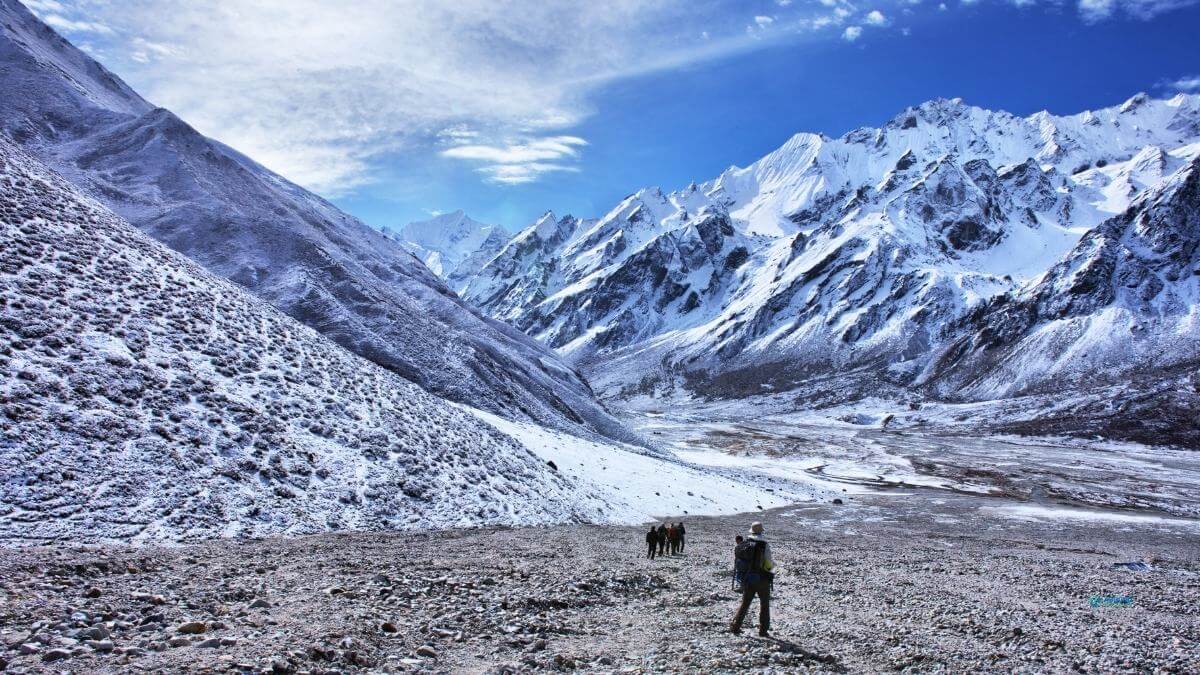
Look at a Langtang Valley trek map before you go. Knowing the main villages, heights, and rest stops helps you plan how far to walk each day and save your energy.
6: Respect Local Culture and Environment
The Langtang Valley is home to the Tamang people, who are really friendly. Respect their traditions by being quiet in monasteries and wearing modest clothes in the villages.
Practice responsible trekking:
- Avoid littering and keep the path clean
- Stick to marked trails and conserve the nature
- Support local businesses by buying their services
Being respectful with locals makes your trip better and helps keep the culture and environment safe for future trekkers.
7: Ensure Proper Documentation
You will need a TMS card (Trekkers’ Information Management System) and a Langtang National Park permit to get permission for trekking in the Langtang Valley. Bring a few copies of each and keep them safe.
Checking permits before you go helps you avoid fines or delays. If you hire a guide, they can usually help with getting permits, which makes it easier for first-time trekkers.
8: Choose Between Guide or Independent Trekking
Decide if you want to trek on your own or hire a guide. Guides know the area, can help with permits, and keep you safe in emergencies. Trekking alone gives you more freedom but needs careful planning, map reading, and being responsible for yourself.
If hiring a guide, choose someone reputable with good reviews. A porter can also help carry heavy luggage, allowing you to enjoy the trek without fatigue. While many people trek in group, you may want to go solo and we get many questions, "is this trek safe for solo female trekkers?". Fear not, just follow our guide for solo female travellers in Nepal to journey the Himalayas.
9: Prepare for Accommodation and Facilities
Tea houses and lodges along the trail give basic places to stay. Rooms usually have a bed, blankets, and shared bathrooms. Things can be different at each place, so don’t expect too much and try to book early during busy season.
Tips for accommodations:
- Confirm availability in villages like Lama Hotel and Kyanjin Gompa
- Carry cash as ATMs are limited
- Keep personal hygiene items handy
10: Understand the Costs Involved
A typical Langtang Valley Trek costs about $500 to $800, depending on how long you go, guide fees, where you stay, and personal spending. Your main expenses will include these things.
- TIMS card and Langtang National Park permit
- Accommodation and meals
- Guide or porter services
- Transportation to and from Syabrubesi
Budget extra for emergencies, snacks, and souvenirs. Being financially prepared avoids stress and allows you to enjoy your trek fully.
11: Stay Connected and Informed
Phone and internet signals are limited on the trail. Some tea houses have Wi-Fi or mobile service, but it’s usually weak or goes in and out. Keep your emergency contacts updated on your progress and check the weather before each day. Knowing the trail conditions helps you avoid dangers like landslides, river floods, or snow, making your trek safer.
When it is time to continue your journey, always make sure you confirm the weather and trail conditions to the news. Everyone in the group should be aware of these facts for safe journey, even your guide. That is why, Abound Holidays is trusted by many, as our guides are upto date with the latest info around the mountains with proper training for any given conditions.
12: Embrace the Experience
The Langtang Valley Trek isn’t just about getting to the end - it’s about enjoying the trip. Take time to see the mountains, village life, and monasteries along the way. Taking photos, writing in a journal, or just stopping to look around helps you enjoy the moment. Paying attention to what’s around you makes the trek more meaningful, not just a tiring walk.
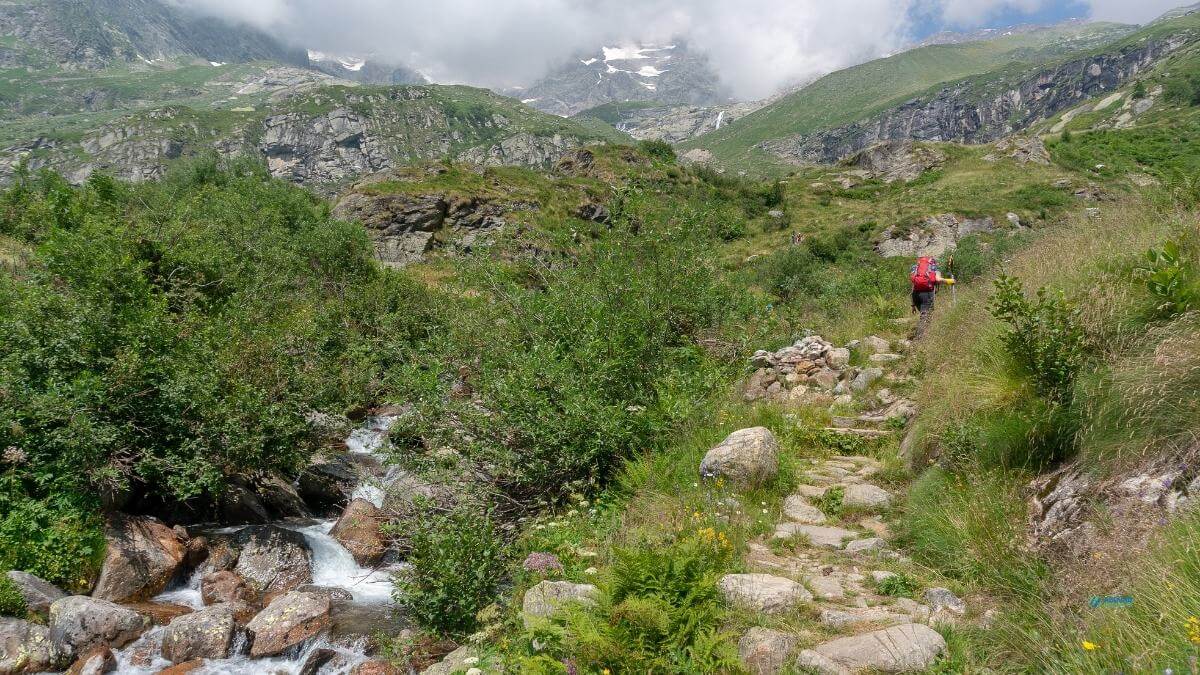
Final Thoughts
The Langtang Valley Trek is an amazing Himalayan adventure, but doing well depends on being prepared and aware. Following these 12 essential Langtang Valley Trek Tips keeps you safe, comfortable, and makes the trek memorable. Make sure to go through these tips to plan your Langtang Valley Trek. Be respectful to the local culture, pack the right stuff, and stay aware during your journey. With these tips, you can explore the valley confidently and enjoy every step.
Ready to start planning? Explore Abound Holidays detailed Langtang Valley Trek to organize your adventure today.
FAQs
1. What is the best time to trek in Langtang Valley?
The ideal months for Langtang Valley Trek are Spring (March–May) and Autumn (September–November), when the weather is clear, trails are safer, and mountain views are at their best.
2. Do I need a guide for the Langtang Valley Trek?
Hiring a guide is recommended for first-time trekkers, as they provide safety, trail knowledge, and local insights. As of April 01, 2023, the Nepal Tourism Board (NTB) has placed a regulation that for trekking, every travellers must hire a guide from a registered agency for safety and rescue issues.
3. How difficult is the Langtang Valley Trek?
The Langtang Valley Trek is moderate, with some steep ascents and daily hiking of 5–8 hours. Good fitness, proper acclimatization, and pacing are essential to handle the challenge.
4. What permits are required for the Langtang Valley Trek?
You must carry a TIMS card and a Langtang National Park permit. Guides or trekking agencies can help you obtain these permits easily before starting the trek.
5. What is the altitude of Langtang Valley and Kyanjin Gompa?
Langtang Village is around 3,430 meters, while Kyanjin Gompa reaches about 3,870 meters. Proper acclimatization helps prevent altitude sickness along the route.
6. Are there ATMs along the Langtang Valley trail?
ATMs are very limited along the trail. Carry enough cash for accommodation, meals, permits, and emergency expenses.
7. How can I prepare for altitude sickness?
Ascend gradually, stay well-hydrated, eat balanced meals, and rest if you feel symptoms like headache, dizziness, or nausea.
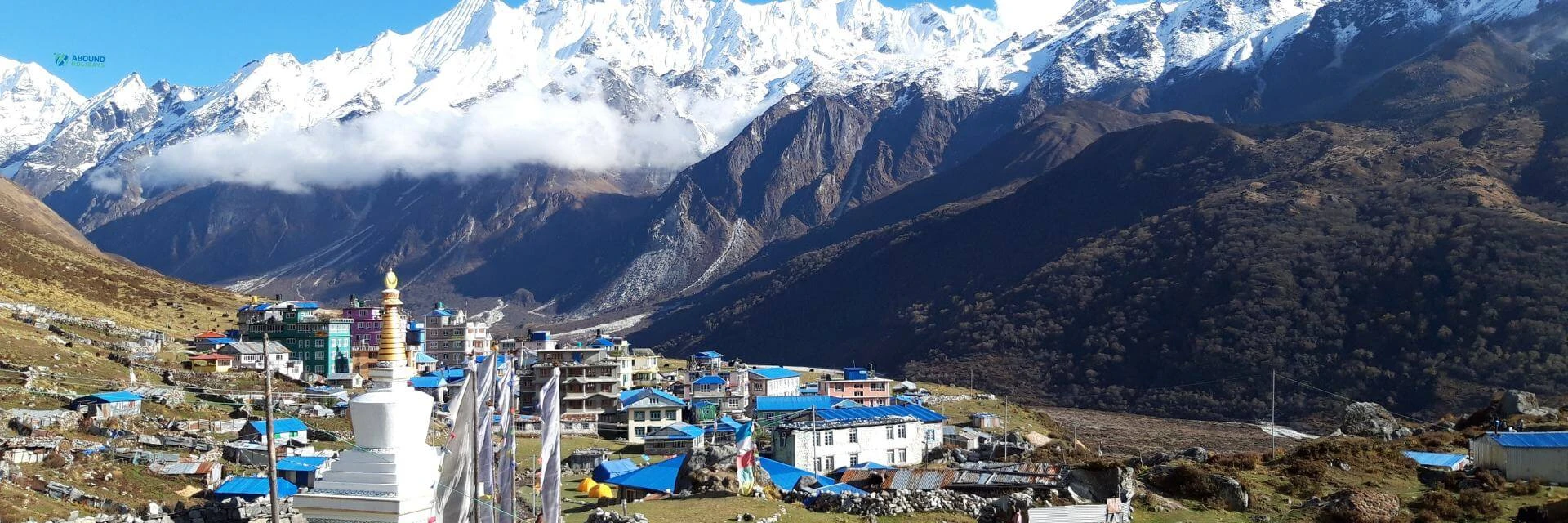
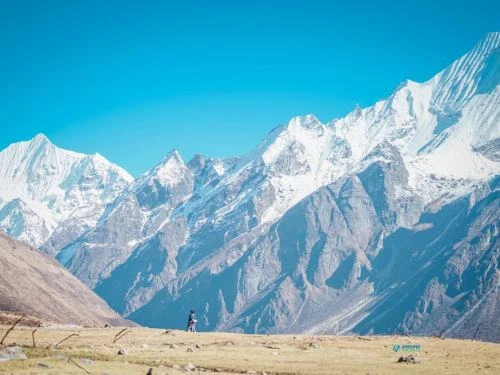
 based on 4 reviews
based on 4 reviews